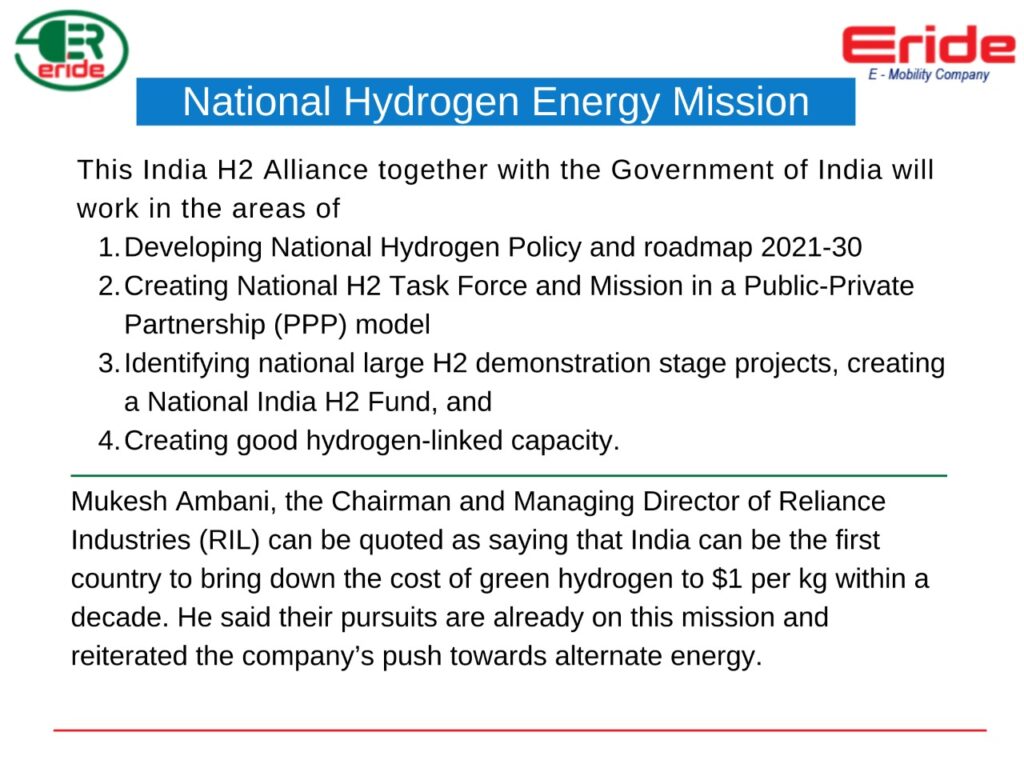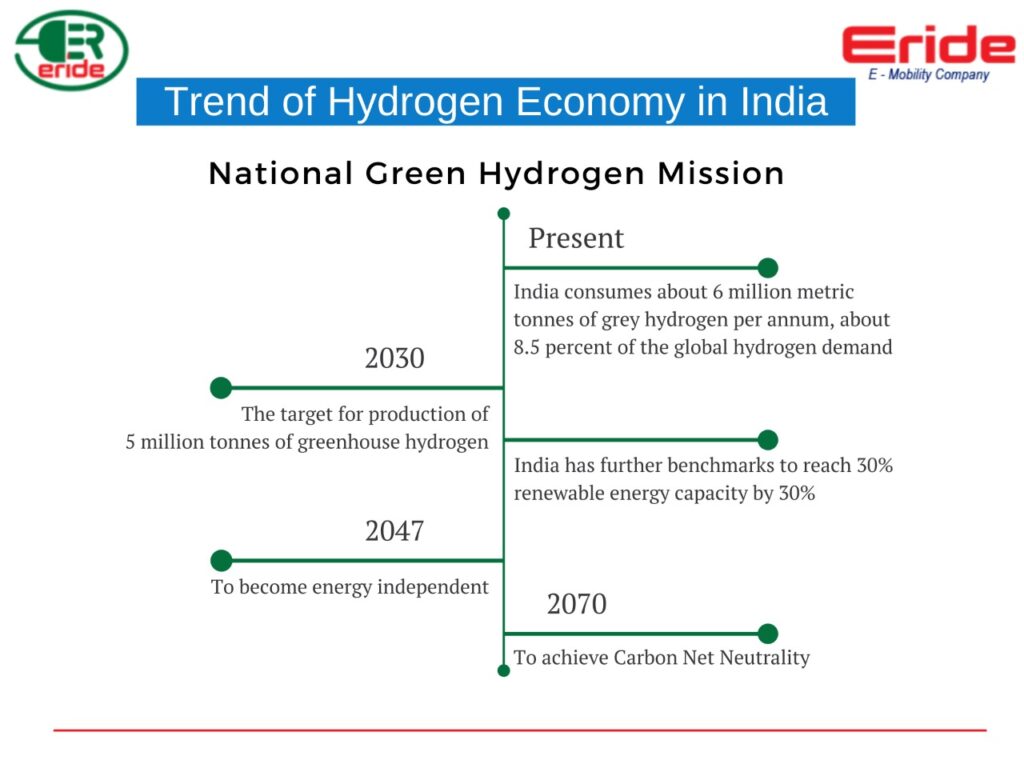Summer is Here
Everyone is feeling the heat of the summer already. If you are feeling that summers are getting longer and hotter year after year, you are not alone and that is not just a feeling. In fact, the summers are getting longer and hotter every year. The main cause for this is burning fossil fuels such as oil, gas, and coal. When these are burnt, they release carbon dioxide and carbon monoxide into the atmosphere causing the planet to heat up.
World leaders have taken notice of this looming catastrophe and put down various measures to reduce global warming. More than 150 countries have submitted plans to reduce carbon emissions by 2030. Various countries are adopting various methods to “decarbonize” the environment.
Decarbonization is the process of reducing carbon intensity by lowering the amount of greenhouse gas emissions and slowly moving to more energy-efficient and less carbon-intense energy sources. Green energy is the key element to achieve decarbonization. Green energy is the energy generated from natural resources such as sunlight, wind, and water. Apart from these, there is one more element we can use as green energy and that is, Hydrogen! Hydrogen is the lightest element that is colorless, odorless, tasteless, non-toxic, and highly combustible.
Developing Renewable Energy(Hydrogen, Future Fuel)
Hydrogen is everywhere in the Universe but on Earth, it is found as a compound abundantly in water and only in small amounts in the atmosphere freely. Therefore, hydrogen has to be extracted by various methods and of all the methods, hydrogen produced through electrolysis powered by renewable energy like solar panels and wind turbines is called green hydrogen as it doesn’t leave any carbon footprint behind. The advantage of using hydrogen as a fuel is, that it is a clean energy source and doesn’t affect the environment as it only leaves water vapor as a by-product. Using hydrogen as fuel can reduce greenhouse emissions very effectively as one-third of these emissions are from the transport sector.
National Green Hydrogen Mission
Even though the first roadmap for hydrogen ecosystem development was discussed by the government in 2006 itself, it is true that the progress in this direction is slow but things are moving in the right direction, especially in the last few years. In October 2020, Delhi became the first city in India to operate buses with hydrogen-enriched CNG (HCNG). Companies like Indian Oil Corporation and NTPC are working together towards operating more hydrogen-run buses in India. National Hydrogen Energy Mission was launched with Rs.800 crore budget on August 15, 2021, by Prime Minister which aims to aid the government in meeting its climate targets and making India a green hydrogen hub. The mission will help achieve the target of production of 5 million tonnes of greenhouse hydrogen by 2030. India has further benchmarks to reach 30% renewable energy capacity by 30% By the year 2030, become energy independent by 2047, and achieve carbon net neutrality by 2070.
Hydrogen Mission India(Private Players)
Last year, Reliance Industries Ltd. has announced that it will become carbon neutral entity by 2035. It is investing around Rs. 75,000 crores in clean energy projects. A large portion of this investment will be used to build an electrolyzer Giga factory and produce hydrogen. In fact, hydrogen is considered the best source to decarbonize the biggest industry sectors like transportation, Industry, and Power industries which are now reliant on fossil fuels for producing energy.
Source: Business Standard
The Global Energy and industrial majors have joined together to form a new coalition called India H2 Alliance. The initiative to form an alliance was begun by Reliance Industries together with Chart Industries. The IH2A focuses on facilitating hydrogen economy by working with the Government of India in the production and commercialization of green hydrogen as a fuel source.
National Hydrogen Energy Mission
This India H2 Alliance together with the Government of India will work in the areas of
- Developing National Hydrogen Policy and roadmap 2021-30
- Creating National H2 Task Force and Mission in a Public-Private Partnership (PPP) model
- Identifying national large H2 demonstration stage projects, creating a National India H2 Fund, and
- Creating good hydrogen-linked capacity.
Mukesh Ambani, the Chairman and Managing Director of Reliance Industries (RIL) can be quoted as saying that India can be the first country to bring down the cost of green hydrogen to $1 per kg within a decade. He said their pursuits are already on this mission and reiterated the company’s push towards alternate energy.
Toyota Kirloskar along with International Center for Automotive Technology ICAT last month has launched India’s first hydrogen-based advanced Fuel Cell Electric Vehicle, FCEV Mirai. This pilot project is a part of the Indian Government’s strategy to push for greener, cleaner fuel sources for the country’s fleet.
Source: Economic Times
Besides the battery electric vehicles, the government is also pushing hydrogen cells as an alternative fuel solution against fossil fuels such as petrol and diesel, and works better than even lithium-ion battery-powered electric vehicles, especially on long journeys. However, for this hydrogen fuel to be a mass success, considerable amounts of innovation must happen in pricing, storage, transportation, availability, and economies at scale.
Hydrogen Economy
A hydrogen economy is the one in which hydrogen is used to decarbonize its economic sectors which are reliant on fossil fuels like industry, power, steel, cement, and long haul transport. The hydrogen economy is an envisioned future in which hydrogen is used as a fuel for heat and hydrogen vehicles, for energy storage, and for long-distance transport of energy. For India, moving towards a hydrogen economy is beneficial in many ways.
To start with, hydrogen is a green fuel that emits only water vapor when burned and doesn’t emit greenhouse gases like CO2 or CO thus helping to reduce global warming. Hydrogen is more powerful and energy-efficient than fossil fuels. It is a clean and flexible energy source that supports zero-carbon energy goals. Hydrogen is the most abundantly available element in the universe and earth can never get scarce of it. A hydrogen economy can curb the uncertainties related to oil and can also reduce India’s import bill. It is estimated that hydrogen can help India save $160 billion worth of imports of fossil fuels.
Roadblocks in Hydrogen Eco-System Development
Hydrogen, which is being used as a rocket fuel till now, is a very energetic fuel but various technical challenges prevent the creation of a large-scale hydrogen economy at present.
Even though hydrogen fuel cell systems are more efficient than internal combustion engines, hydrogen fuel cell systems require huge development in certain areas. These include the difficulty of developing long-term storage, pipelines, and engine equipment, lack of sufficient engine technology that can run safely on hydrogen, safety concerns of the high reactivity of hydrogen when combined with the oxygen in the atmosphere, and the expense of producing it by electrolysis.
Also, as hydrogen is very light in weight, the chances of leakage are very high. At present, the cost of producing hydrogen from renewable energies is costlier than fossil fuels.
The road is long and has many hurdles. The hydrogen economy is nevertheless slowly developing as a part of the low carbon economy. According to Paris Climate Accords, an international treaty on climate change, the long-term temperature goal is to keep the rise in mean global temperature to well below 2°C. But to achieve this, the world should look into developing renewable energy sources and Hydrogen ecosystem development can help achieve a green economy.


